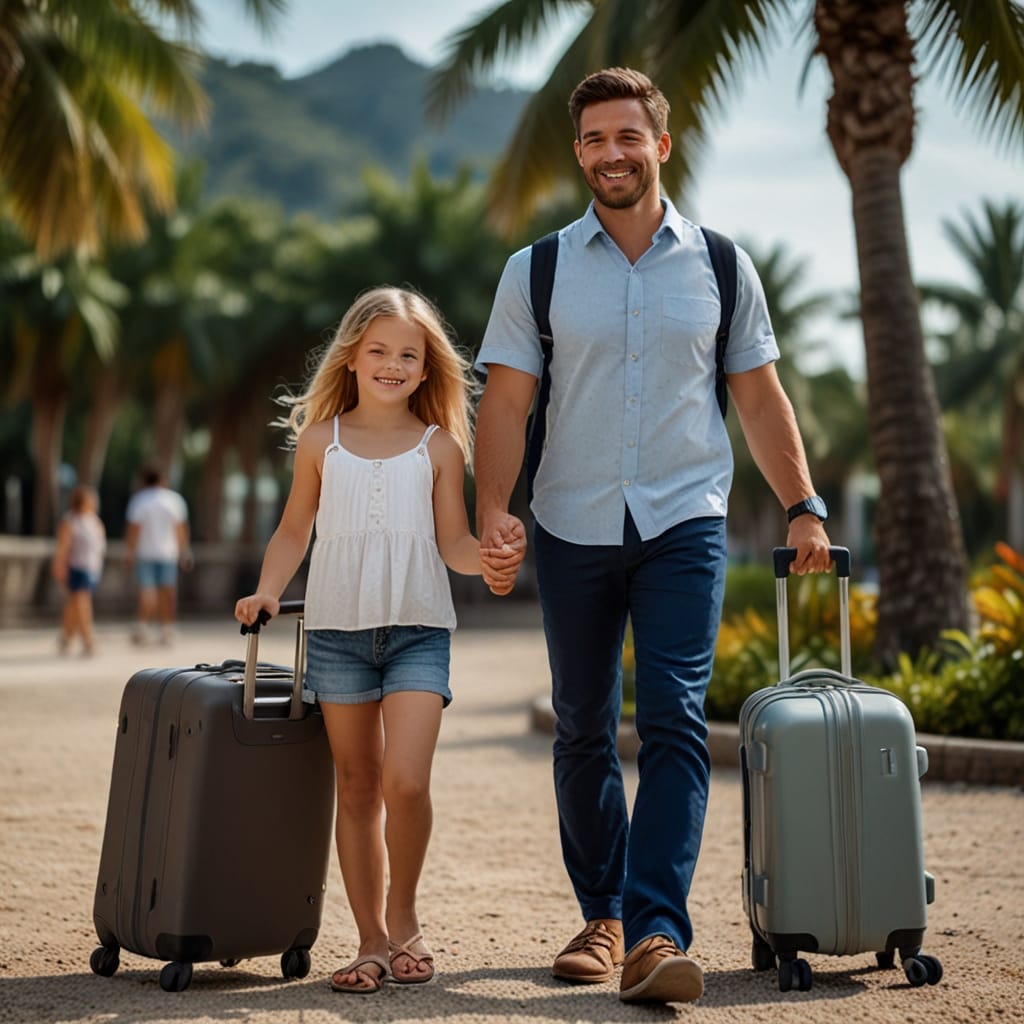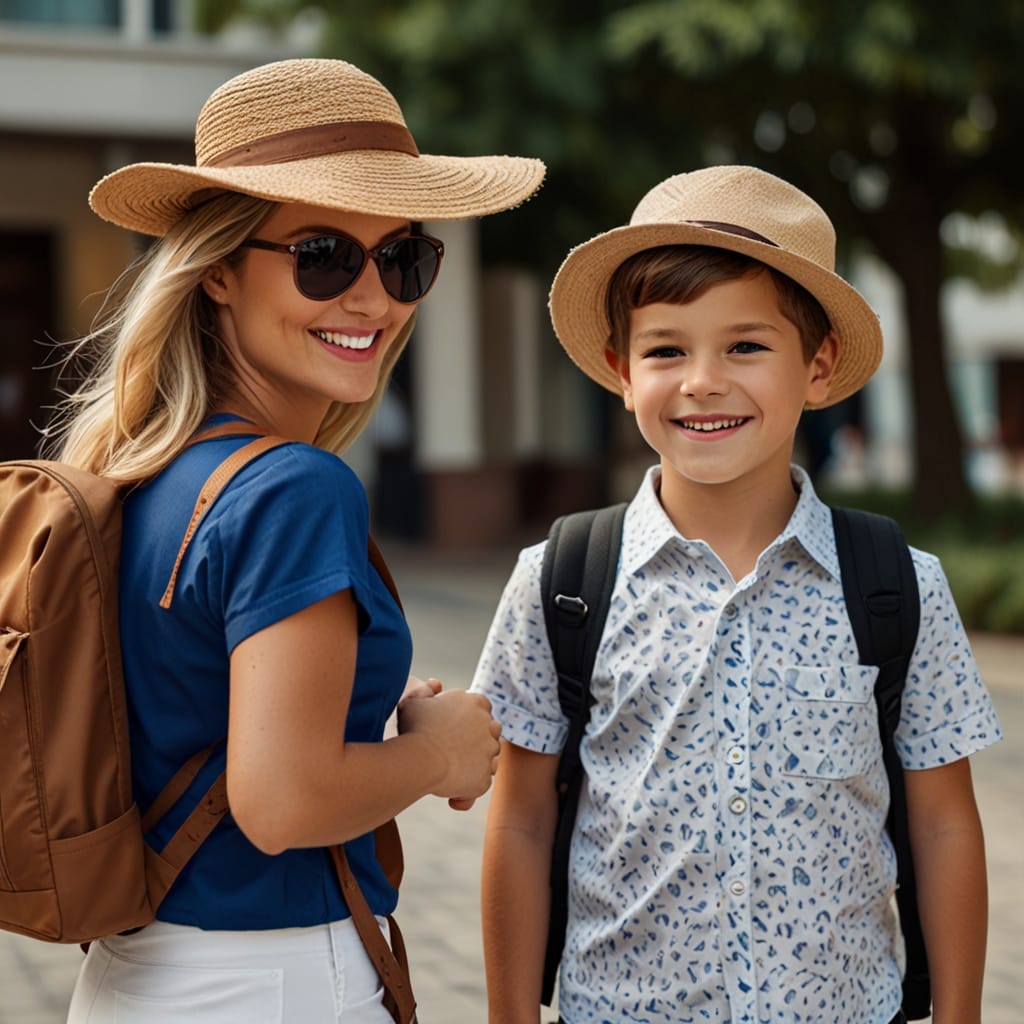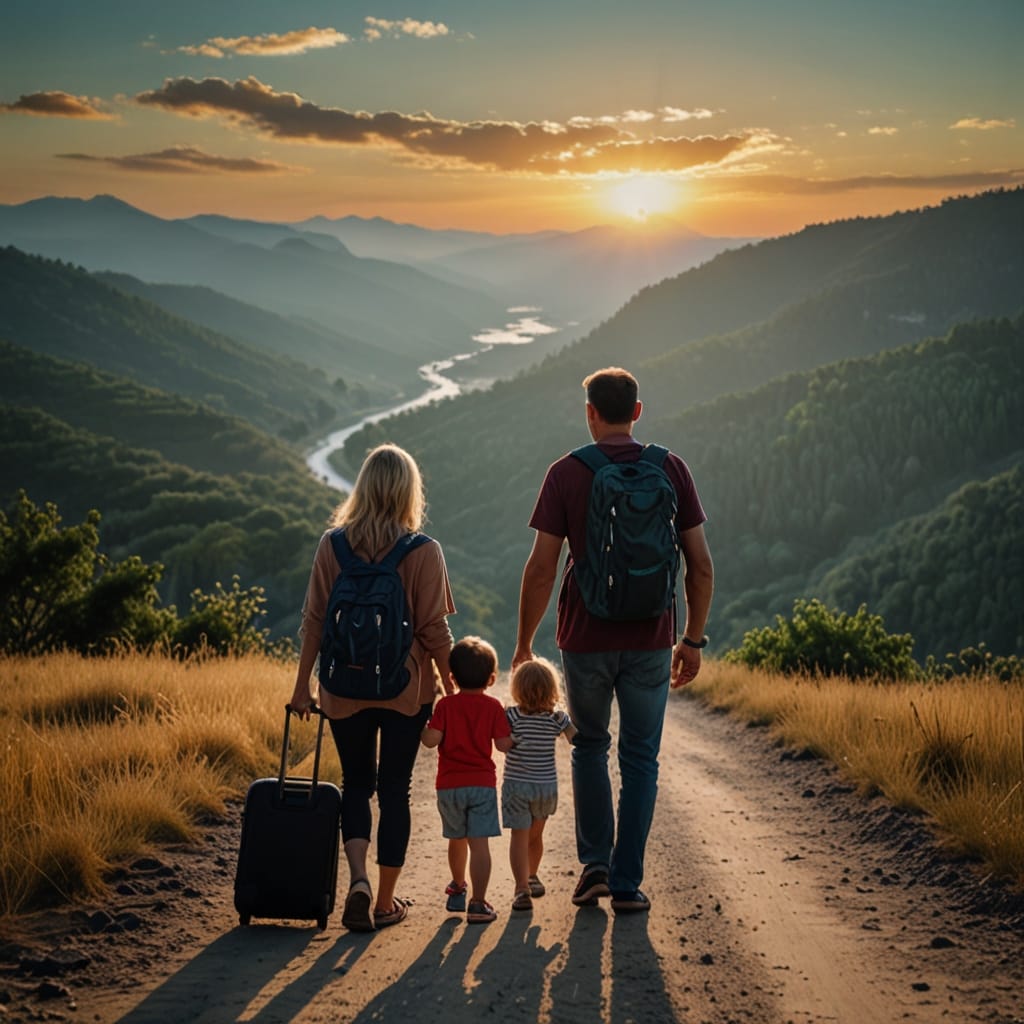Ever feel like you’re the one always organizing vacations, finding deals, and herding everyone through airports? If you’re the go-to person for booking family trips, you might already be acting like a travel agent—you just didn’t know it yet. And the best part? You can sharpen those skills and make planning not only easier but way more fun.
In this guide, we’ll walk through everything you need to know to become your family’s in-house travel pro. From budgeting like a boss to navigating tricky itineraries, you’ll learn how to take the chaos out of family vacations and turn them into seamless, joy-filled adventures.
Table of Contents
Understanding the Role of a Family Travel Agent
Being your family’s travel agent isn’t just about booking flights and hotels. It’s about curating experiences, anticipating needs, and creating a trip everyone will remember.
Think of yourself as the quarterback of the vacation. You’re managing the playbook, organizing logistics, and calling the shots that keep everyone moving and happy. That might sound overwhelming—but it’s actually a lot of fun when you have the right tools and mindset.
Your role includes:
- Researching and comparing travel options
- Creating an itinerary that suits everyone’s needs
- Managing the budget and handling payments
- Communicating travel details clearly to family members
- Adjusting plans on the go (because real life happens)
“A good travel agent doesn’t just book a trip—they design it,” says Natalie Tanner, founder of The Educational Tourist.
Getting Clear on Your Family’s Travel Style
Before planning, you need to understand what kind of travelers you’re dealing with. Is your family adventurous or more laid-back? Are you foodies, thrill-seekers, or beach bums?
You might laugh, but this is like picking a genre for a movie night—if you don’t all agree, someone’s walking away disappointed.
Questions to ask your family:
- What kind of activities do we all enjoy?
- Are we looking to relax or explore?
- Do we prefer cities, nature, or something in between?
Once you know the vibe, everything else—destination, budget, packing list—starts to fall into place.
“A travel plan should reflect the personality of the group,” says travel writer Brooke Saward. “If it doesn’t match your interests, it won’t be meaningful.”
Mastering the Budget Like a Pro
Ah, the budget—often the trickiest part of any trip. But with a clear plan, it doesn’t have to be stressful.

Start by creating a spreadsheet or using an app like Trail Wallet or TravelBank. Break down costs into categories:
- Transportation (flights, gas, rental cars)
- Lodging
- Food and dining
- Activities/tickets
- Travel insurance
- Souvenirs
Then, build in a buffer of at least 10–15% for unexpected expenses.
Budget-saving tips:
- Travel in the off-season for cheaper rates
- Use credit card rewards or points
- Look for free or low-cost local experiences
“Budgeting isn’t about limiting yourself—it’s about making room for what matters,” notes travel expert Samantha Brown.
Planning the Perfect Itinerary
This is where the magic happens. Your itinerary is the roadmap of your entire trip, and it should strike the right balance between fun, rest, and flexibility.
Start with a rough outline—arrival/departure dates, travel times, must-see attractions. Then pad in buffer time for transitions, naps, or spontaneous stops (because kids and time zones don’t always mix).
Use tools like:
- Google My Maps for visual planning
- TripIt or Wanderlog to organize confirmations
- Pinterest or Instagram for inspiration
And remember: don’t overschedule.
“A well-paced itinerary reduces stress and increases satisfaction,” says Rick Steves, travel guru. “The goal isn’t to see everything. It’s to enjoy what you see.”
Booking Flights, Hotels, and More with Confidence
Booking can be daunting, but once you know where to look, it becomes second nature.
Flights:
- Use comparison tools like Google Flights, Skyscanner, or Momondo
- Set price alerts
- Book midweek for better rates
Hotels vs. Vacation Rentals:
- Hotels = convenience, amenities
- Rentals = more space, often cheaper for families
Transportation:
- Research public transit, Uber availability, or rental car needs
Look for deals on trusted sites or directly with airlines and hotels. Always read the fine print on cancellation policies.
“Flexibility is the most valuable currency in travel,” says Pauline Frommer, editorial director of Frommer’s Travel Guides.
Keeping Everyone Organized and Informed
The best family trips run on good communication and planning.
Create a shared Google Doc or folder with:

- Confirmations and addresses
- Emergency contacts
- Daily itinerary
- Packing list
Apps like PackPoint help generate smart packing lists based on location and activities.
For kids, turn planning into a game—give them a small “responsibility” like choosing snacks or helping track travel time. When they’re involved, they’re more excited.
“Traveling as a family is smoother when everyone has a role—even the youngest ones,” says Heather Greenwood Davis, National Geographic Traveler.
Navigating Challenges and Changing Plans
No matter how well you plan, something will go sideways. Delays, bad weather, a forgotten item—it’s all part of the journey.
Your best tools? Patience, adaptability, and a backup plan.
Tips for overcoming hiccups:
- Build in downtime
- Pack snacks and small games
- Have copies of IDs and documents stored digitally
- Keep a small emergency kit with meds, bandages, etc.
“When things go wrong, it often leads to the most memorable moments,” says Rolf Potts, author of Vagabonding. “Be open to detours.”
Using Tools and Resources to Make It Easier
You don’t have to do everything manually. Smart travel agents use tech to make life easier.
Must-have apps:
- Google Maps (offline maps!)
- Rome2Rio (transport options)
- Hopper (flight price predictions)
- Airbnb or Booking.com
Also check family travel blogs, YouTube channels, and forums like TripAdvisor for insights and reviews.
“Travel planning is easier than ever—but only if you know where to look,” says Johnny Jet, travel columnist.
Reflecting and Improving After Each Trip
The final step in becoming your family’s go-to travel agent? Debriefing. After the trip, ask what worked and what didn’t.
Make a list of:
- Favorite spots
- What you’d skip next time
- Items you didn’t need
- Ideas for future trips
You’re building a family travel playbook—one vacation at a time.
“Reflection turns experience into wisdom,” says author John Dewey. And that wisdom makes every trip better.
Conclusion: You’re More Than a Planner—You’re a Memory Maker
Being the family travel agent isn’t just about flights and bookings. It’s about creating joy. It’s about knowing your people, solving problems, and finding delight in the journey itself.
Whether you’re mapping out a weekend getaway or a dream international vacation, you’ve got what it takes. With a little prep and a lot of heart, you’re not just planning trips—you’re building unforgettable memories.
So go ahead, start that Google Doc. Your next family adventure awaits—and you’re in charge.
FAQs
How can I save money when planning family travel?
Book early, use price alerts, travel off-season, and consider vacation rentals or rewards points to cut costs.
What are the best apps for family travel planning?
Try TripIt for organizing itineraries, PackPoint for packing lists, and Google Maps for offline navigation.
Should I use a travel agent or do it myself?
For most family trips, DIY planning works great and saves money—plus, you know your family best!
How can I get kids involved in the travel planning process?
Give them small tasks like choosing an activity or packing their bag. Involvement = excitement.
What if something goes wrong during the trip?
Stay flexible, have backups, and remember—some of the best stories come from the unexpected.

